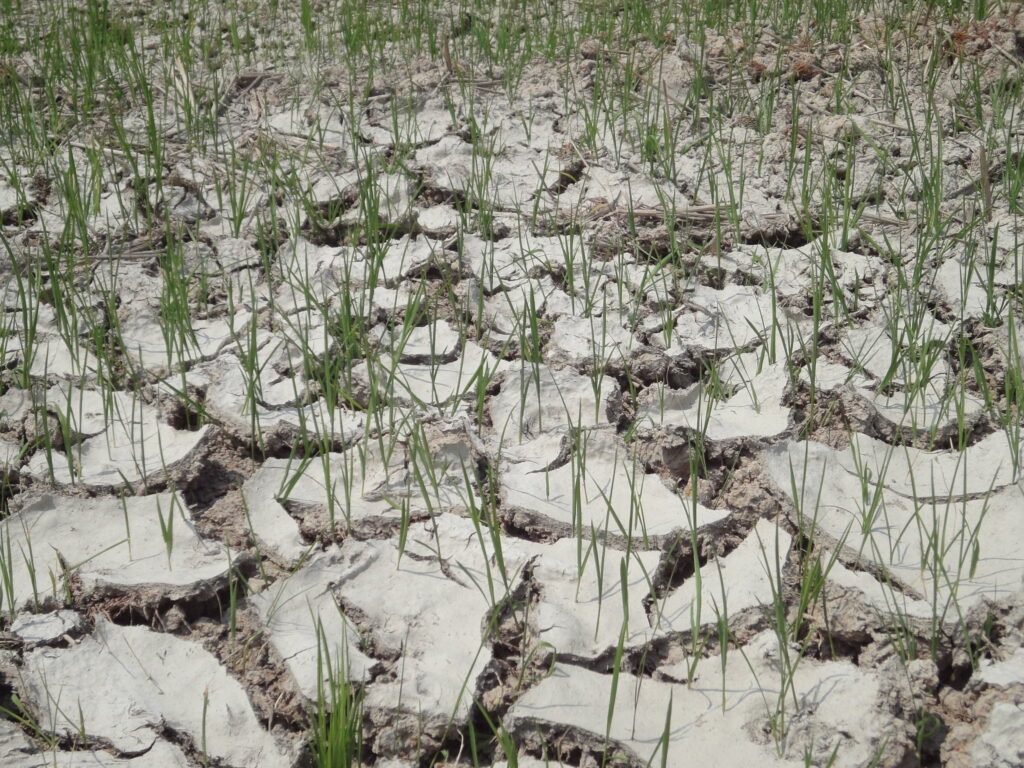
According to a new report led by researchers from the University of Queensland in Australia, mega-droughts are expected to increase as global temperatures rise with the progression of climate change. While mega-droughts have no strict scientific definition, most studies – including this one – define them as prolonged droughts lasting two decades or longer.
The research team analyzed geological records from the Eemian Period – 129,000 to 116,000 years ago – to create a model of what to expect over the next 20-50 years. The Eemian Period is the most recent in Earth’s history when global temperatures were similar – or maybe even slightly warmer – than they are today.
By analyzing the climate during this period, the research team found that the world will likely experience increased water scarcity, reduced winter snow cover, more frequent wildfires and wind erosion as a result of global warming.
In the report, which was recently issued by the University of Queensland, the researchers collaborated with the New South Wales Parks and Wildlife Service to identify stalagmites in the northern section of Kosciuszko National Park. They were able to study small samples of calcium carbonate powder contained in the cave stalagmites, allowing them to identify periods of reduced precipitation during the Eemian Period.
Historically, mega-droughts have been associated with mass exoduses of people from the affected areas. In fact, mega-droughts are suspected of contributing to the collapse of several pre-industrial civilizations across Southeast Asia and the Americas.
If humans continue to warm the planet, the researchers say more mega-droughts will be in our future.
**********
Web Links
Photo, posted March 28, 2014, courtesy of Marufish via Flickr.
Earth Wise is a production of WAMC Northeast Public Radio.
Leave a Reply